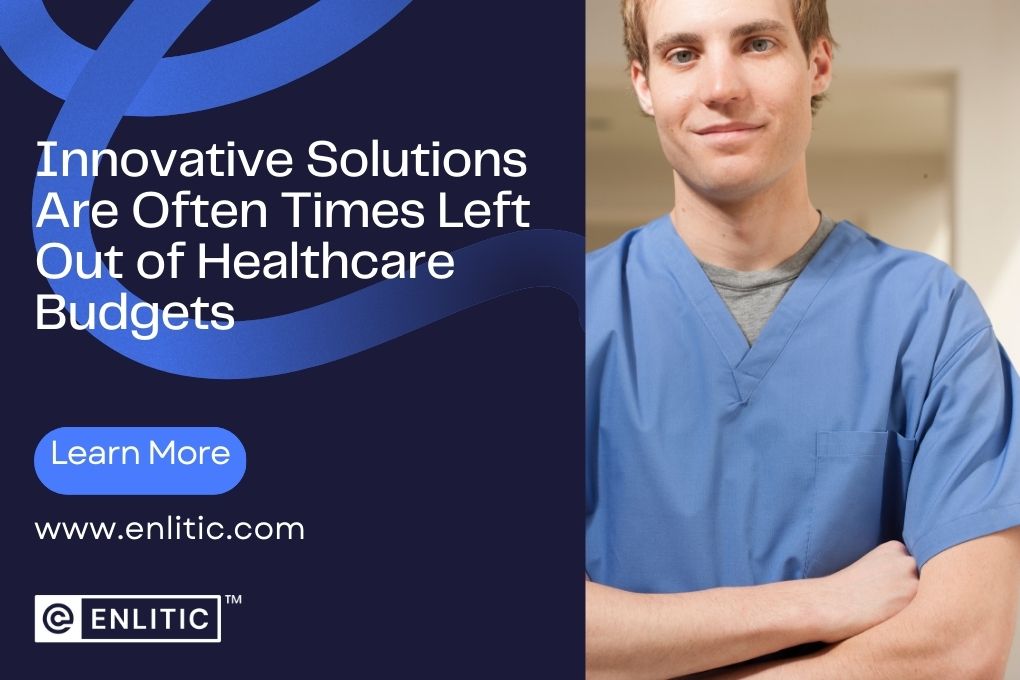Technological advancements are pivotal in enhancing patient care and operational efficiency. One such innovation that has the potential to reshape radiology practices is a cutting-edge imaging data management tool powered by artificial intelligence (AI). This tool not only standardizes and normalizes data but has a plethora of downstream benefits that can positively impact the entire healthcare enterprise. However, getting this new technology into the budget requires strategic planning and effective communication.
Strategies for Budgeting an Innovative, Yet Unrecognized, Product:
When dealing with a revolutionary product that may not yet be fully understood, it’s essential to employ specific strategies to navigate the budgeting process effectively.
Engage & Educate Decision-Makers:
Collaboration is key. Engage with key stakeholders, including radiology heads, IT professionals, and financial decision-makers. Clearly communicate the benefits and address any concerns they may have. Illustrate how standardizing imaging data aligns with the organization’s strategic goals.
Provide educational materials that clearly explain the functionalities and benefits of the solution. Use cases and case studies to demonstrate its impact on patient outcomes and organizational efficiency.
Proof of Concept:
Consider implementing a proof of concept, or POC, to showcase the tool’s effectiveness. Leverage customer testimonials to support your case for widespread adoption. A successful POC can significantly strengthen your argument for budgetary allocation.
Building a Business Case:
Develop a compelling business case that outlines the return on investment (ROI) of the tool. Highlight its potential to increase efficiencies, improve patient care, and contribute to overall cost savings. Emphasize the long-term value and how standardizing your data impacts the entire organization. Work with your vendor to develop this business case as they will have additional insights to help identify where you can make your case stronger.
Aligning with Budget Cycles:
Timing is crucial. Align your proposal with your organization’s budget cycle. Be aware of when decisions are made, budgets are allocated, and strategic planning occurs. This ensures that your proposal is considered when key financial decisions are being made.
Flexible Budgeting Approaches:
Propose flexible budgeting approaches that allow for the incorporation of innovative technologies. This could include allocating funds specifically for emerging technologies or creating a contingency fund for unforeseen but impactful opportunities. With some technologies like Enlitic’s ENDEX™ and ENCOG™, you may even be able to cut expenses that these tools replace.
Flexible Payment Options:
In today’s banking world there is a plethora of options available to consider. Whether it is a capital model or an operational model, vendors are becoming more flexible in how they finance your purchase. Subscription models and revenue or risk sharing models are increasingly popular and relieve some of the burden on providers to come up with the capital funds. Revenue sharing models can be attractive as the cost comes directly from the benefit, so the vendors must make good on their promises.
Successfully integrating a groundbreaking solution into the healthcare budget requires a strategic approach. By leading with communication and a solid strategy, you can begin the adoption of transformative technologies that benefit both radiology practices and the entire organization. The future of healthcare lies in embracing and leveraging cutting-edge solutions that elevate patient care and operational excellence.








